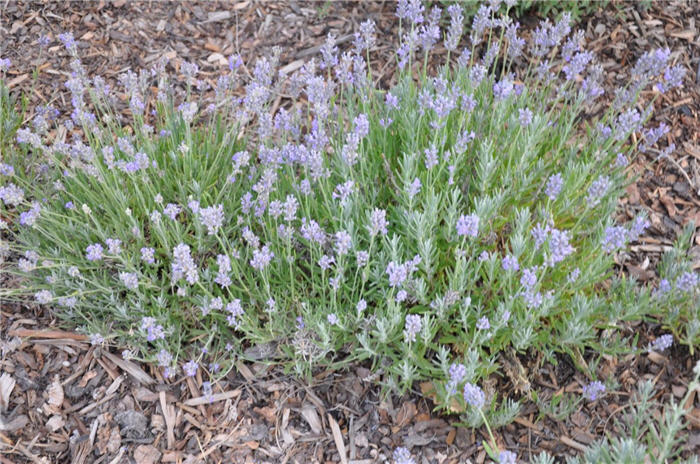| Botanical Name: Lavandula angustifolia 'Munstead' | |
| Common Name: Munstead Dwarf Lavender |

-
Anatomy
-
Culture
-
Design
Plant Type
Perennial, Herb
Height Range
1-3'
Flower Color
Blue, Lavender
Flower Season
Spring
Leaf Color
Grey, Silver
Bark Color
n/a
Fruit Color
n/a
Fruit Season
n/a
Sun
Full
Water
Low
Growth Rate
Moderate
Soil Type
Sandy, Clay, Loam, Rocky, Unparticular
Soil Condition
Average, Poor, Well-drained, Dry
Soil pH
Neutral
Adverse Factors
Attracts Bees
Design Styles
English Cottage, Formal, Mediterranean, Ranch, Seascape, Spanish
Accenting Features
Fragrance, Showy Flowers
Seasonal Interest
Spring, Summer
Location Uses
Entry, Perennial Border, Foundation, Parking Strip, Raised Planter, Walkways, With Rocks
Special Uses
Container, Cut Flowers, Hedge, Fire Resistant, Small Spaces
Attracts Wildlife
Hummingbirds, Butterflies
Information by: Stephanie Duer
Photographer:
Photographer:
-
Description
-
Notes
This lavender is half the size of the standard angustifolia, it flowers early and has a more intense flower color than most of the species. Its foliage and flowers are good for sachets. This is a perfect choice for smaller scale situations. It is drought tolerant and attracts butterflies and hummingbirds. Very aromatic. An excellent cut flower, for vases or sachets; the foliage dries well and may be used for sachets or cooking.
Lavenders prefer a sunny site with well-drained soil. Munstead blooms earlier than other lavenders, so a good pruning after flowering will tidy it up and showcase the attractive grey foliage. Lavender attract bees and butterflies, and are deer resistant. Grows about 18 inches tall and wide. Well suited to sunny parkstrips.